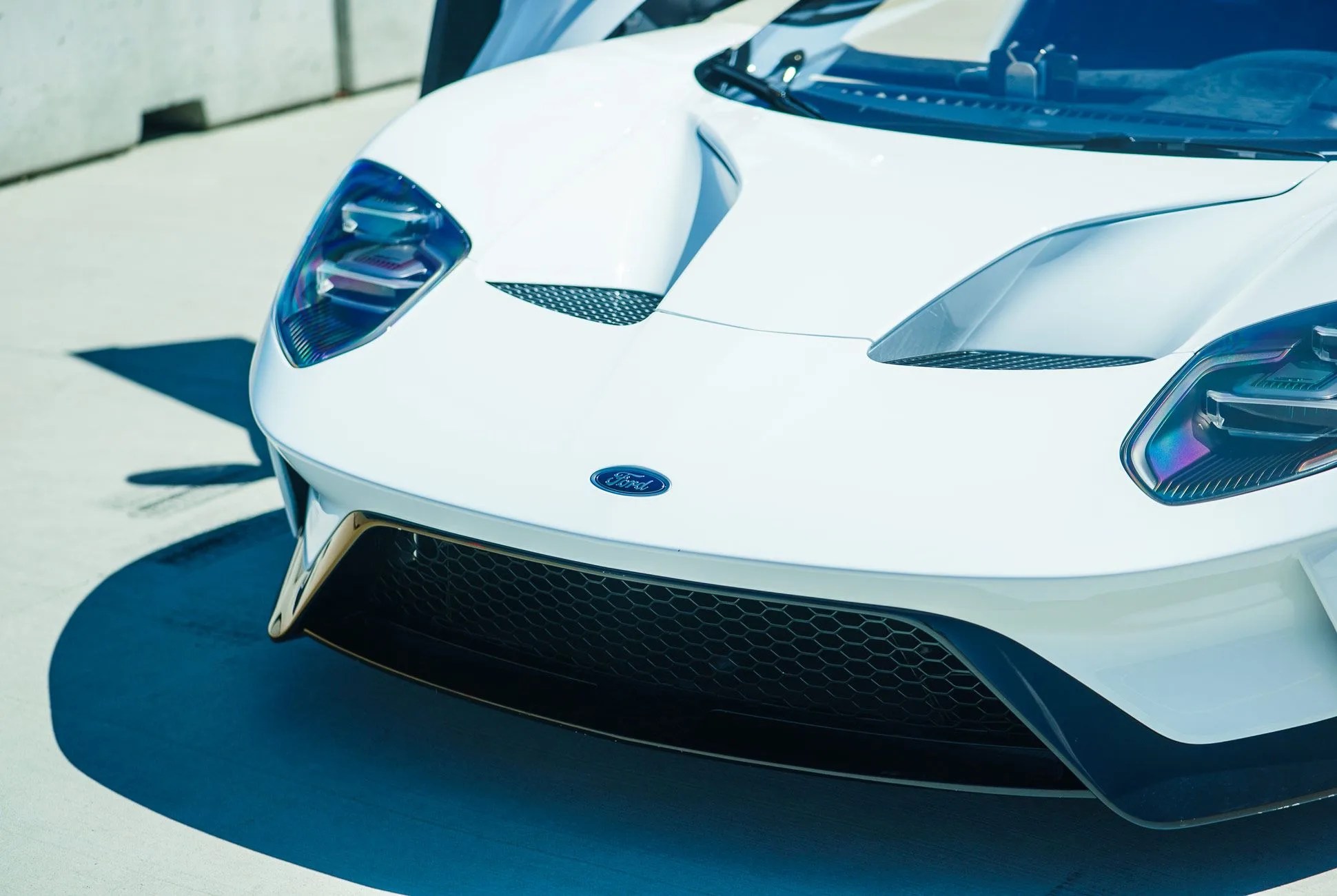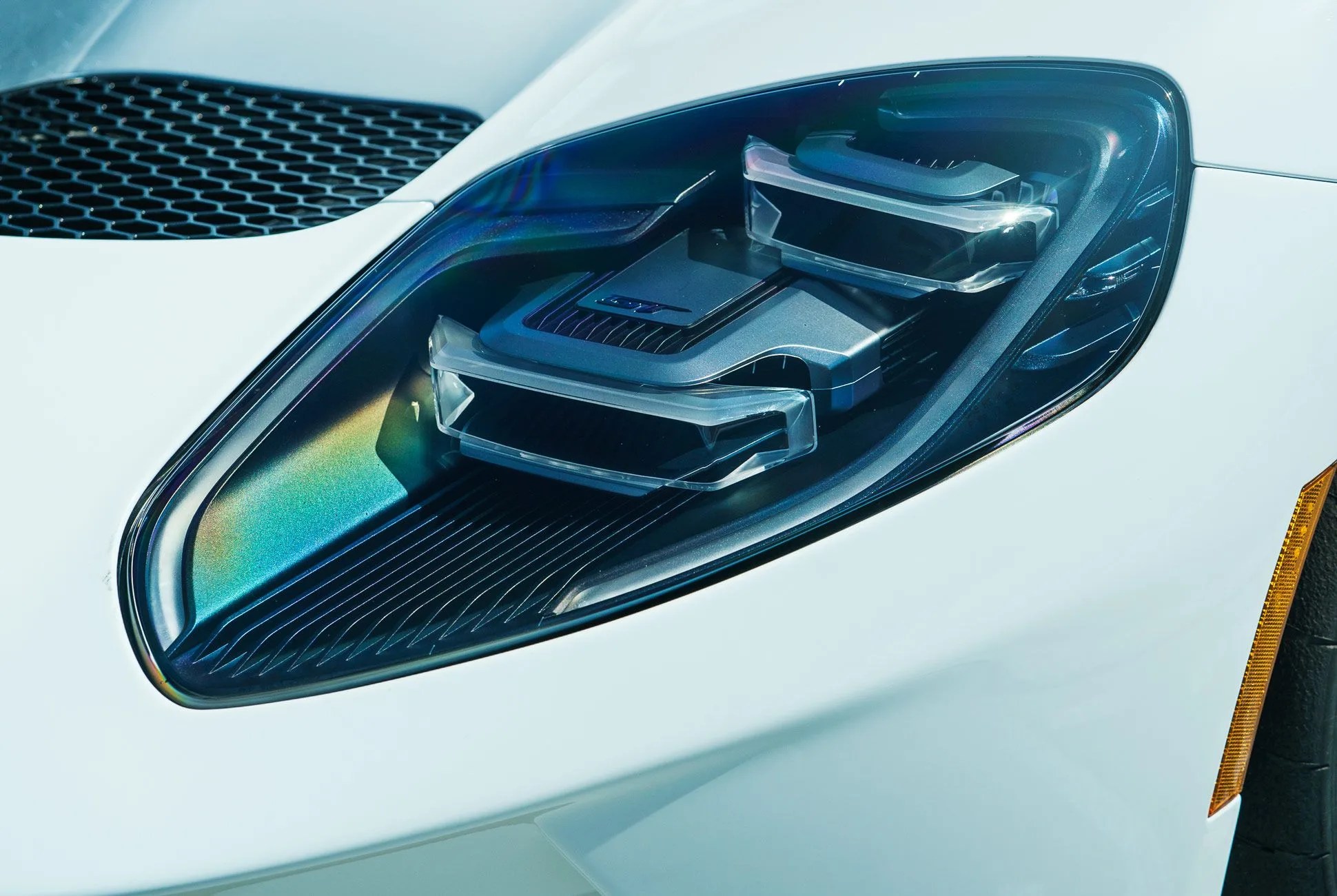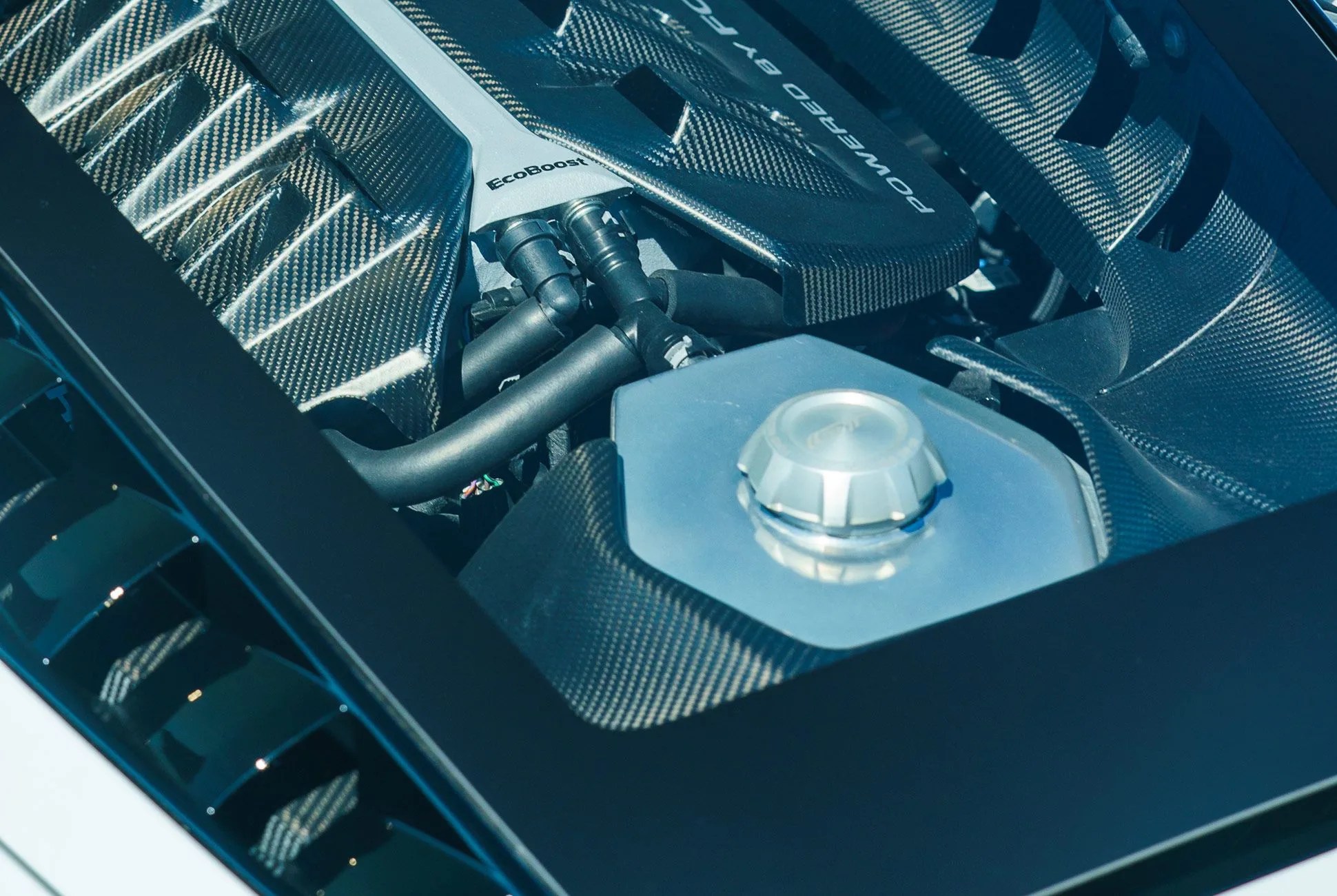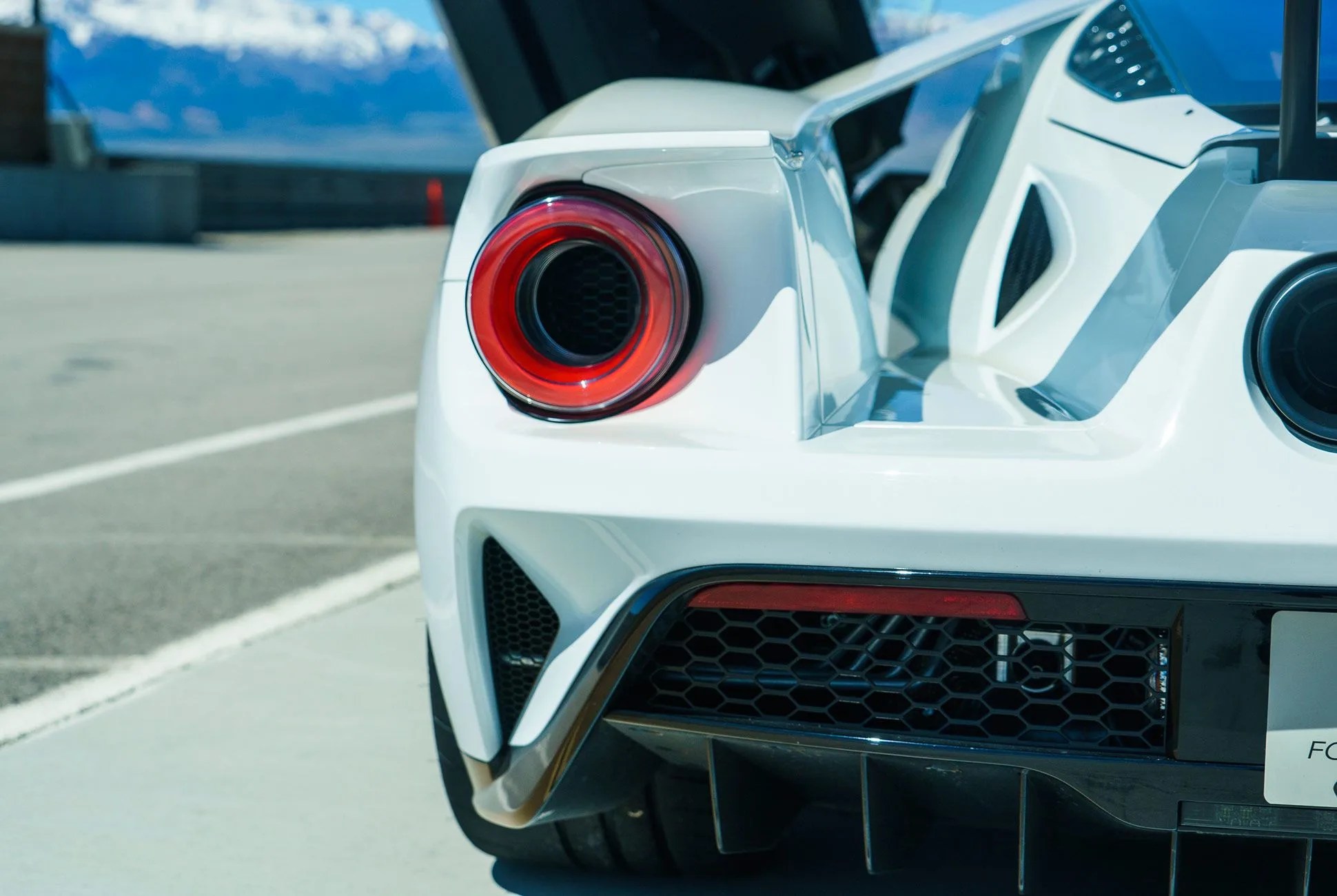The now-infamous story of the 2017 Ford GT’s creation is the stuff of legend: it was conceived and designed unbeknownst to everyone at Ford (including top executives) aside from a handful of designers and engineers and chief technical officer Raj Nair. Not only did the entire project happen in secret, but it was completed, start to finish, in under two years and unveiled to a very surprised public at the 2015 Detroit Auto Show.
The sole purpose of the newest Ford GT, like the original GT40 in 1966, was to win the 24 Hours of Le Mans. And 50 years to the day after Ford’s historic 1–2–3 victory over Ferrari in 1966, the newest generation race car brought home a class win, beating Ferrari yet again. It’s truly Hollywood-script material.
However, there were cries from purists that the 2017 GT didn’t carry on the true spirit of the original GT40 because instead of a big-bore V8 like in the ‘66 GT40 and ‘05 GT, Ford went with a smaller, turbo V6 for the third generation. The argument being that it’s not a real GT if it doesn’t have V8 in the back.
But that’s bullshit. Back in the ‘60s, Ford stuck a 7.0-liter V8 in the GT40 to race at Le Mans because that was the best engine Ford had at the time. If Ford had a small turbo V6 that it knew would win the race back in ‘66, you better believe the company would’ve chucked that big block V8 in the trash.
Everything feels simple, unfiltered. Fantastic.
Ford’s 3.5-liter EcoBoost is lighter than any of its V8s, and additionally, the slimness of the V6 allowed designers to craft the company’s most aerodynamically efficient car ever — a necessity, if a Le Mans racer has any hopes of making it down the Mulsanne straight at a respectable speed, surrounded by equally powerful Porsche 911s and Ferrari 488s. The new GT’s cutting-edge technology and design make it closer kin to the original GT40 than the 2005 GT (which was merely a retro homage, and not specifically designed top tier racing). The new car is a package that proved to be so successful, Porsche had no choice but to re-engineer its 911 RSR Le Mans race car for 2017 — effectively moving the flat-six from its famous rear-mounted position to the middle of the car — in order to increase aerodynamic efficiency and close the gap to the Ford out on the track.
2017 Ford GT








